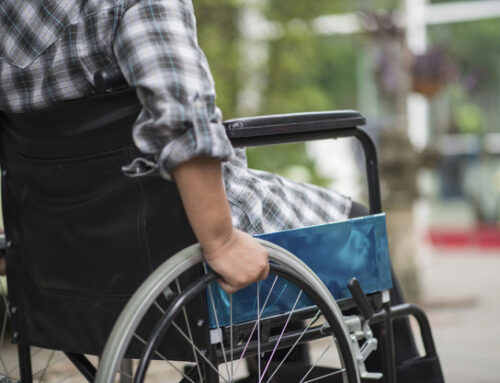An Intense Intervention for Improving Gait, Balance, and Mobility for Individuals With Chronic Stroke: A Pilot Study.
An Intense Intervention for Improving Gait, Balance, and Mobility for Individuals With Chronic Stroke: A Pilot Study.
Article
Journal of Neurologic Physical Therapy. 31(2):71-76, June 2007.
Fritz, Stacy L. MSPT, PhD; Pittman, Ashlee L. DPT; Robinson, Anna C. DPT; Orton, Skylar C. DPT; Rivers, Erin D. DPT
Abstract:
Purpose: Stroke is the leading cause of disability in the United States. At present, there is a paucity of experimental evidence available to indicate what physical therapy techniques are effective for improving mobility in an individual with chronic stroke. The purpose of this study was to determine the feasibility and effect size of an intensive mobility training program for people with chronic stroke.
Methods: A convenience sample of eight individuals with chronic stroke received an intensive mobility intervention for 3 hours per day for 10 consecutive weekdays. Treatment outcomes were assessed using standardized outcomes of gait, balance, and mobility including the GAITRite to collect spatial and temporal parameters of gait, the Falls Efficacy Scale, Berg Balance Scale, Dynamic Gait Index, and Timed Up and Go. Data were collected at four different time points: baseline, pre-test, post-test, and 3 months after intervention.
Results: The overall effect size of the intervention was 0.72, with changes in balance having much greater effects than changes in gait or mobility. The group demonstrated an average improvement from pre- to post-tests of 12 points on the Berg Balance Scale where a change of 6 is considered a minimal detectable change.
Conclusions: This intense mobility training was a feasible intervention for this sample and demonstrated large effect sizes for balance outcome measures. Future studies incorporating more participants, a standard control, and more emphasis on gait would provide insight into the effectiveness and clinical relevance of this intervention.
(C) 2007 Neurology Section, APTA
To obtain full text:
An Intense Intervention for Improving Gait, Balance, and Mobility for Individuals With Chronic Stroke: A Pilot Study.
Article
Journal of Neurologic Physical Therapy. 31(2):71-76, June 2007.
Fritz, Stacy L. MSPT, PhD; Pittman, Ashlee L. DPT; Robinson, Anna C. DPT; Orton, Skylar C. DPT; Rivers, Erin D. DPT
Abstract:
Purpose: Stroke is the leading cause of disability in the United States. At present, there is a paucity of experimental evidence available to indicate what physical therapy techniques are effective for improving mobility in an individual with chronic stroke. The purpose of this study was to determine the feasibility and effect size of an intensive mobility training program for people with chronic stroke.
Methods: A convenience sample of eight individuals with chronic stroke received an intensive mobility intervention for 3 hours per day for 10 consecutive weekdays. Treatment outcomes were assessed using standardized outcomes of gait, balance, and mobility including the GAITRite to collect spatial and temporal parameters of gait, the Falls Efficacy Scale, Berg Balance Scale, Dynamic Gait Index, and Timed Up and Go. Data were collected at four different time points: baseline, pre-test, post-test, and 3 months after intervention.
Results: The overall effect size of the intervention was 0.72, with changes in balance having much greater effects than changes in gait or mobility. The group demonstrated an average improvement from pre- to post-tests of 12 points on the Berg Balance Scale where a change of 6 is considered a minimal detectable change.
Conclusions: This intense mobility training was a feasible intervention for this sample and demonstrated large effect sizes for balance outcome measures. Future studies incorporating more participants, a standard control, and more emphasis on gait would provide insight into the effectiveness and clinical relevance of this intervention.
(C) 2007 Neurology Section, APTA
To obtain full text:




